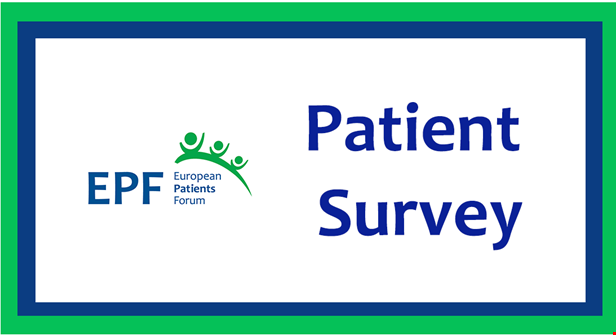Patient Survey: Patient involvement in healthcare professionals’ education

One important factor in ensuring the high quality of healthcare is that healthcare professionals have the right skills, knowledge and attitudes to practice person-centred care – including shared decision-making, listening, supportive and effective communication, empathy and partnership. Across Europe, the health workforce is in transition and countries will need to plan for new skills and roles, such as coaching and advocacy, to be able to better address the needs of patients with chronic conditions.
Patient organisations’ role in shaping the basic and continuing education of professionals has until now been unrecognised and underused. Patients can be involved in professional education in many ways. At the most basic level, patients’ stories are increasingly used as learning material. Sometimes role play is used or patients are invited to speak of their experiences in person. However, advanced roles such as having patients as “co-teachers” or having them involved in shaping teaching curricula are still rare.
The Survey
Through this survey we hope to gain a better understanding of how common it is for patients (individual patients or patient organisations) to participate in continuing professional development / continuing medical education (CPD/CME) activities, what kind of activities they participate in, and what their experiences are like, as well as get patients’ recommendations on how to improve this.
The survey is meant for individual patients, patient advocates and experts, family members, informal caregivers, or representatives of patient organisations.
You do not need in-depth knowledge on the topic to complete this survey. Even if you or your patient organisation has never participated
in CPD/CME activities, you can still give your opinion about some aspects of it.
The deadline for completing the survey is January 31 2021.
We will use the survey results to identify gaps and need for further actions as well as planning specific activities towards increasing
patient involvement in CPD/CME.
